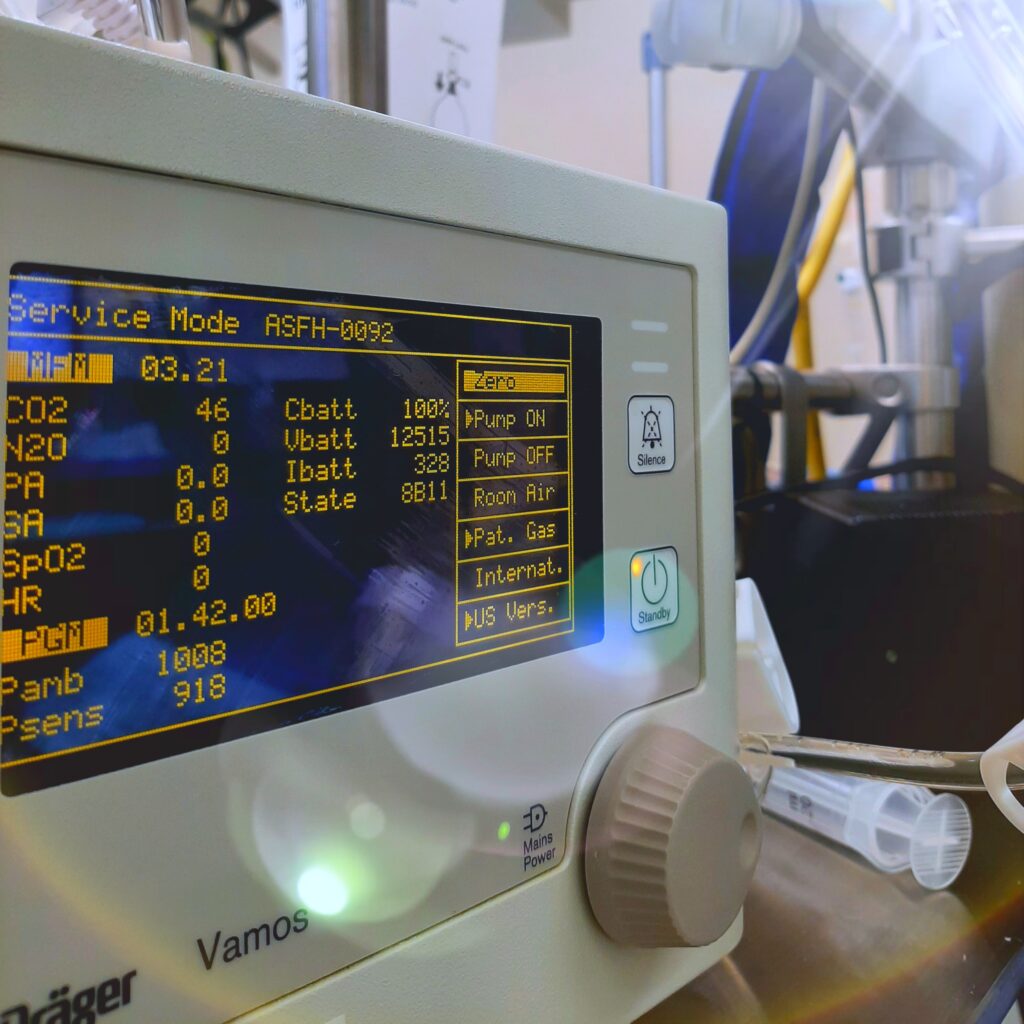Another Route of CO2 Gas Excretion Independent of Red Blood Cells in Human Lungs

We demonstrated pulmonary arteriolar blood flow-mediated CO2 gas excretion in rabbit lungs. The shear stress stimulation produced CO2 gas in cultured human endothelial cells of pulmonary arterioles via the activation of F1/Fo ATP synthase. To confirm the findings in human subjects undergoing the operation with heart–lung machines, we aimed to evaluate the effects of a stepwise switch, from a partial to a complete cardiopulmonary bypass, of the circulatory blood volume (BV, 100% = 2.4 × cardiac index), on the end-expiratory CO2 pressure (PetCO2), maximal flow velocity in the pulmonary artery (Max Vp), the inner diameter (ID) of pulmonary artery, pulmonary arterial CO2 pressure (P mix v CO2), pulmonary arterial O2 pressure (P mix v O2), hematocrit (Hct), pH, the concentration of HCO3−, and base excess (BE) in mixed venous blood in 9 patients with a mean age of 72.3 ± 3.4 years. In addition, the effects of the decrease in Hct infused with physiological saline solution (PSS) on PetCO2 were investigated in the human subjects. An approximately linear relationship between the PetCO2 and Max Vp was observed. The pumping out of 100% BV produced little or no change in the Hct, pH, P mix v CO2, and P mix v O2, respectively. The hemodilution produced by intravenous infusion of PSS caused a significant decrease in the Hct, but not in the PetCO2. In conclusion, another route of CO2 gas excretion, independent of red blood cells, may be involved in human lungs.
